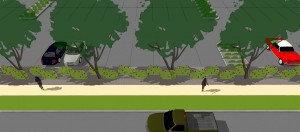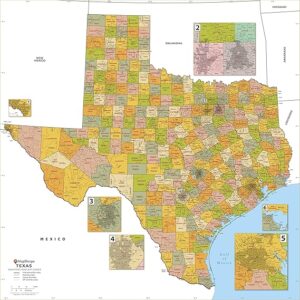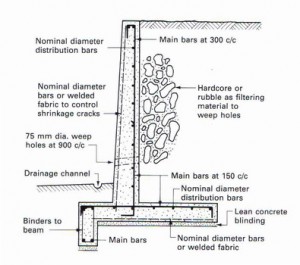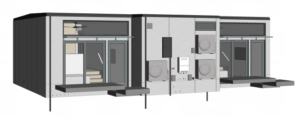As I was reviewing the landscape standards for the City of Killeen, Texas, I noticed some major differences in the requirements in respect to other City’s standards. The difference I will talk about in this post is the spacing of trees along the street right-of-way. In Killeen, a development is required to have one tree for every 25-feet of street frontage and one shrub for every 5-feet of street frontage. This standard is much higher than other municipalities for frontage. There is some relief for properties with two frontages where the City will allow one tree for every 30-feet.
Typically, the tree spacing can be alleviated by staggering the trees on each side of the sidewalk, providing for greater linear distance. However, it seems from the code that locating trees in the public right-of-way requires additional approval from the Building Official AND City Engineer. Many engineers are apprehensive about locating trees in the tree lawn due to the potential for roots cracking the sidewalk. Previously, I wrote a blog about this subject titled “Urban Street Trees: Root Barrier“. A link to this blog post can be found here.
I have illustrated two variations where the landscape standards are met. The first image shows all of the trees aligned along the sidewalk, 25-feet apart. The second image shows some trees staggered into the landscape islands. One unique aspect of the code, as I have read it, is that there is not a requirement for trees within the islands of a parking lot. Therefore, the use of the landscape islands for trees can alleviate the separation of trees along the frontage.


Tree selection is very important with requirements such as these. A common street tree, like a Bur Oak (Quercus macrocarpa), has a mature canopy of 65-feet. With 25-foot minimum spacing of the trees, assuming all of the trees along the street are Bur Oak, the canopies would encroach into each other limiting the tree’s health. In this situation, the landscape architect would either choose a different tree or cluster smaller trees in one area to increase the distance between trees along the remainder of the street. Occasionally, street trees have many different cultivars. If an upright (or fastigiate) cultivar can be found, it would be recommended in this situation.










